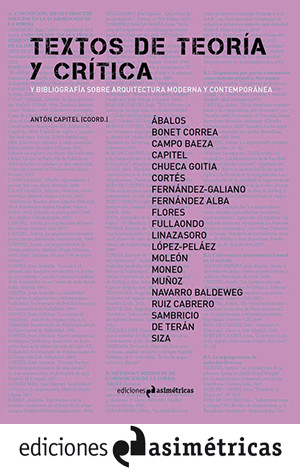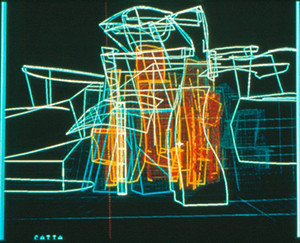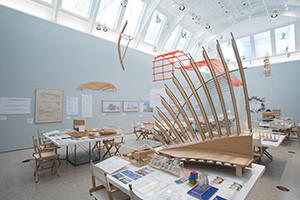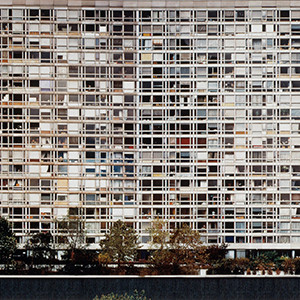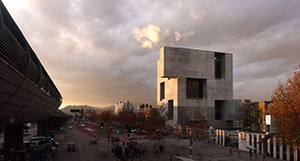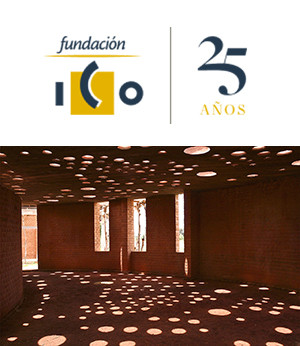The striking image of the Plan for the Tokyo Bay developed by Tange
PLAN FOR TOKYO BAY
Kenzo Tange y Laboratory
After World War II, Japan experienced rapid transformation and economic growth. Its architects wanted to contribute to this dramatic change an intensive research effort that would be consolidated in the group articulated around Movimiento Metabolist.
One of the main architects Kenzo Tange and ideologues would be organized various work and research on the forms of architecture and the city of the future. The call Tange Laboratory, Kurokawa compound among others, Isosaki y el propio Kenzo Tange, would produce a radical proposal to overcome the chronic shortage of existing soil in that country's principal metropolis of Asia. It is called the Plan for Tokyo Bay, first published in 1960 in the weekly Shukan Asahi.
The Tange Tokyo Plan defined a grid infrastructure would design a raised occupy the central part of the bay that defines the city and around which to organize its major urbanized areas and port. This powerful system of highways road, communications services and link up directly with the most central and historic Northwest and establish an immense inhabited bridge that would connect with the least busy areas southeast of the sheet of water.
The proposal would support mesh aggregation enchufarían parts built to a random manner and could house premises, administrative and provisions of all kinds, occupying the vacuum formed by the sea. Faced with the difficulties and excessive density of the city, it had reached 10 million in 1960, designed the new city would add other 5 millions more, a strong focus on investment and technology and in a manner consistent with prevailing ideals then urbanism, related to Le Corbusier and the city proposed by the Charter of Athens. The large towers and pills, also reminiscent of Japanese formal traditions and arranged in a random pattern on the mesh territorial, represent an optimistic view of technological development for the future of mankind would not have a true realization.
The oil crisis of the early 70 liquidate this grand vision of an architectural utopia would still echoes long experienced in the urban change in many later developments that would take place throughout Southeast Asia.
References:
Plan Description Tokyo Bay. Rebecca Gomez, Radical City Blog
Kenzo Tange. Wikipedia
Japanese Metabolist Movement. My Architectural Moleskine
Dimensional model of the proposed Plan. With presentation of other urban utopias coeval. Laurea Thesis Marco Ugolini
Perspective of the model reflecting a flight of administrative areas. In the background residential pills
Tokyo, Japan. 1960








